Maintaining water networks: an essential factor for quality and safety
Good equipment is essential to guarantee the longevity of water networks and ensure uninterrupted service to users.
A well-maintained water network ensures that there is a constant supply of high-quality drinking water and that wastewater is disposed of efficiently. Water is a precious resource that is crucial to our daily lives, but it flows through complex infrastructures that can deteriorate over time.
Without maintenance, wastewater pipes clog up, wear out and eventually crack as a result of ground movements and temperature variations. The build-up of deposits in the pipes can create excessive pressure and damage the pipe structure. This insufficient monitoring can lead to major leaks and the water becoming contaminated with bacteria and chemicals.
On drinking water supply networks, the impact is on the quality of the water. A poorly maintained network can also foster the proliferation of dangerous bacteria such as Legionella, which develops in poorly cleaned and insufficiently chlorinated pipes. Furthermore, pipe corrosion can release metal particles into the water, thereby endangering public health. The cost of repairing a neglected network is often much higher than the cost of regular, planned maintenance.
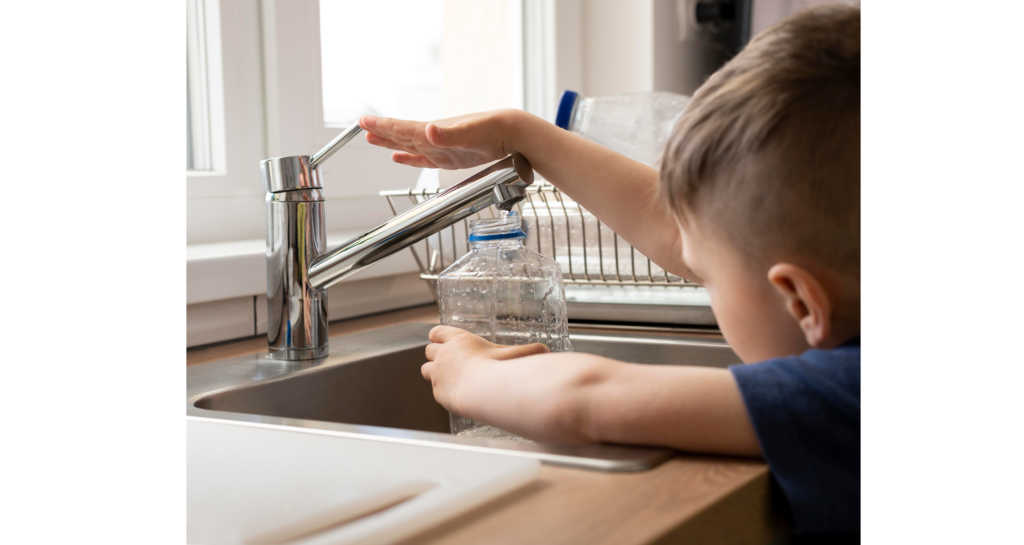
Preventive maintenance limits these risks and extends the service life of infrastructures. It ensures that water is distributed reliably and continuously, while at the same time preserving water resources. By carrying out frequent checks and targeted maintenance work, it is possible to avoid major disruptions and reduce waste. Efficient maintenance also means tighter control over costs and improved sustainable management of drinking water and wastewater.
Drinking water supply network: this carries treated water to homes and businesses. This water must comply with strict health standards if it is to be consumed safely.
Sewerage network: collects and carries wastewater to treatment plants. If this network is poorly managed, pollutants can be discharged into the environment.
Proper maintenance prevents leaks, stops groundwater and river pollution and ensures that infrastructures operate at optimum efficiency.
Maintaining water networks involves a combination of prevention, monitoring and targeted actions. The aim is to detect and correct anomalies before they become costly disruptions. A properly maintained network also means that the quality of the water that is distributed will be optimised and service interruptions will be avoided.
Pipe cleaning: over time, deposits of fats, limescale, sand and organic waste build up in pipes, thus restricting flow and increasing the risk of blockages. Pipe cleaning involves injecting pressurised water to remove the residue and restore normal flow. This operation is generally carried out as a preventive measure to avoid more serious problems.
Video inspection: using watertight cameras inserted in the pipes, technicians can view the condition of the pipes in real time. Using this method, anomalies such as cracks, faulty connections or infiltration by roots can be rapidly identified. Detecting problems at an early stage avoids costly emergency operations.

Odour and waste treatment: some sewerage systems can release foul-smelling and potentially dangerous gases, such as hydrogen sulphide (H2S). Filtration systems and neutralising products are used to limit these nuisances and improve comfort for people living nearby. Furthermore, by effectively treating solid waste, clogging is prevented and the operation of wastewater treatment plants is optimised.
It is essential to plan ahead to avoid emergency operations, which can often be costly and complex. A few best practices:
Monitor performance: for drinking water networks, smart sensors can be installed to monitor consumption in real time, along with parameters such as pressure, flow rate and water quality. A sudden drop in pressure may be a sign of a leak, while an increase in chlorine levels may indicate contamination. These monitoring technologies make it easier for maintenance teams to react quickly and take action fast.
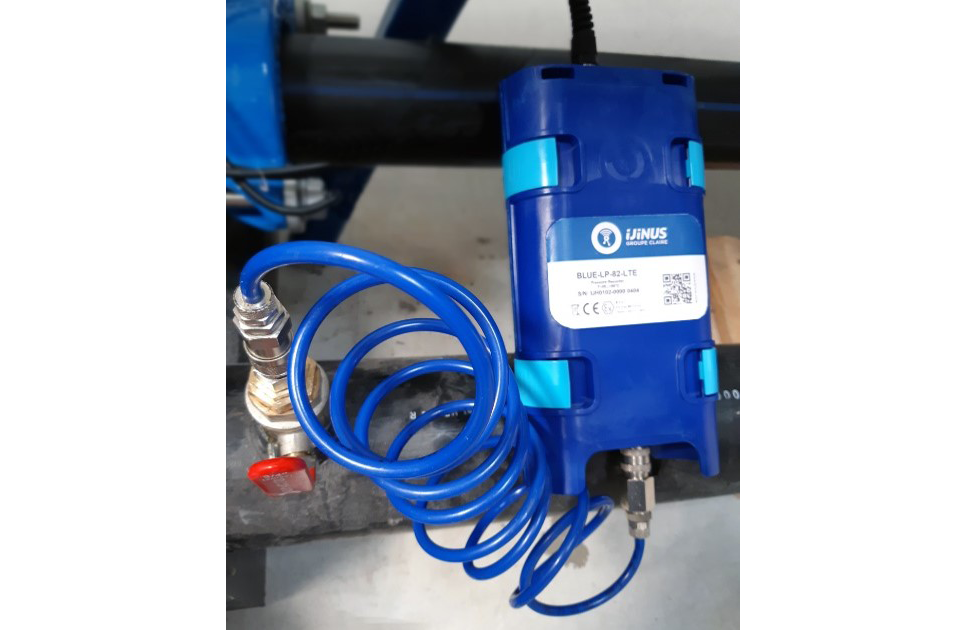
Plan work: for sewerage systems, local authorities and network managers set up regular maintenance programmes. These preventive actions, such as regular cleaning and inspections, help to extend the service life of infrastructures and optimise how they operate. Well-organised maintenance also helps to reduce maintenance costs over the long term.
The benefits of modern tools: the use of innovative equipment such as jetting machines (high-pressure machines) and inspection drones helps to improve the quality of operations and detect problems more quickly. These technologies provide a much clearer picture of the state of the infrastructure and make it easier to carry out targeted repairs.
Take swift action in the event of an anomaly: a simple drip can conceal a major crack. Carrying out repairs quickly prevents further damage and preserves infrastructures. On drinking water supply networks, maintenance teams must be ready to deploy as soon as a malfunction is detected. By taking swift, effective action, prolonged water cuts can be avoided for residents and businesses.
A well-maintained network is a reliable network that provides a continuous service and high-quality water for users. It involves taking regular action, using appropriate technologies and proactively monitoring the system. Investing in maintenance means that costly repairs can be avoided and a precious resource is preserved for future generations.
To maintain water networks, they must also be renewed. The traditional method involves digging a trench. The old pipe, which is too damaged or obsolete, is removed and a new one is fitted.
During these operations and for asset management, it is important to replace the equipment with reliable and long-lasting material to ensure that the water network continues to operate smoothly over the long term.
The Claire Group supplies products specially designed to manage drinking water supply networks:
Coupling equipment: the ductile cast iron sleeve from ADG is designed for HDPE/PVC pipes. With an epoxy coating and stainless-steel bolts, it is a reliable piece of equipment that provides a solid, watertight and long-lasting connection.
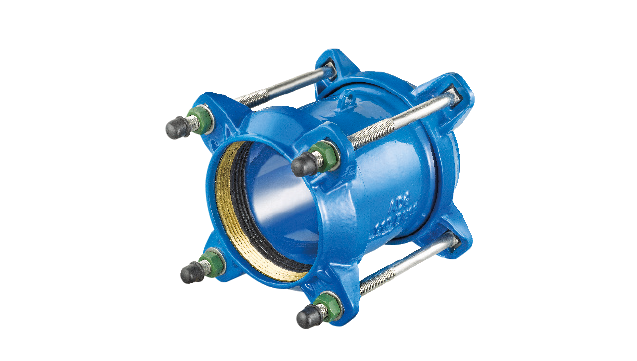
Branch connection equipment: EIE steel tapping sleeves are used to create an outlet to an existing pipe. They are also epoxy-coated, with GEOMET® bolts.
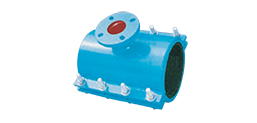
House connection: Sainte-Lizaigne tapping clamps/saddles and valves can be used to connect a consumer to the distribution network. The ALPHACLIC clamp makes fitting more reliable thanks to its patented tightening indicator. It is reliable for all types of pipes and is supplied ready to fit, with just one bolt to screw in. The GLOBALL 2038 universal connecting valve, certified Origine France Garantie (Guaranteed French Origin), in 4MS Bronze, is the long-lasting solution for a sustainable network.

The management and maintenance of drinking water supply and sewerage networks come under the responsibility of several bodies. Depending on the case, these may be local authorities, inter-municipal bodies or private operators. This organisation guarantees rigorous monitoring and swift action in the event of a problem.
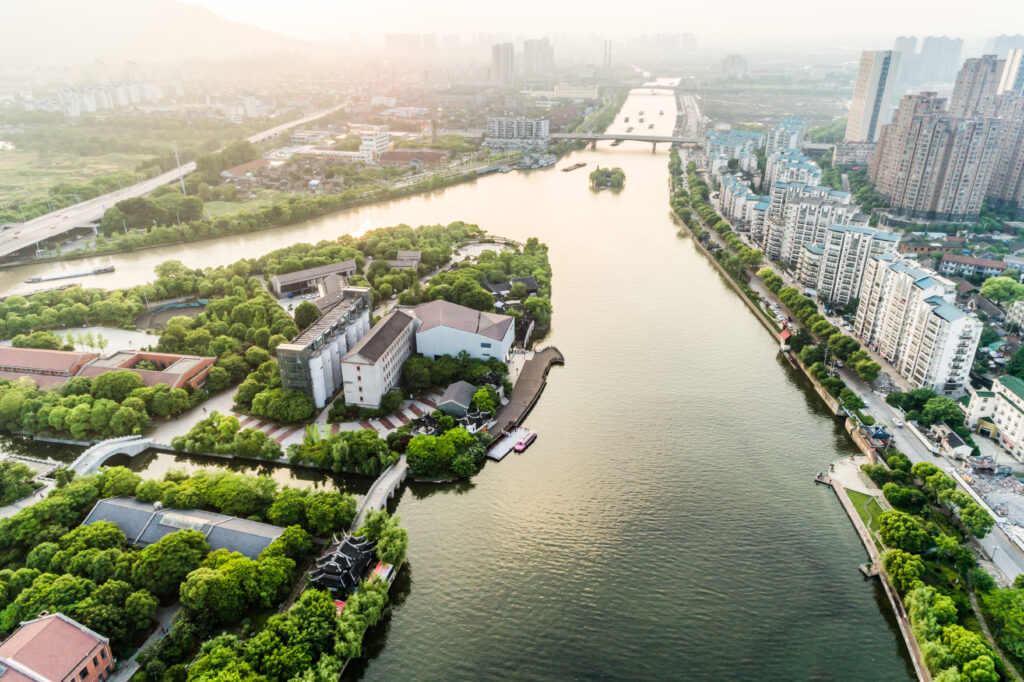
The Gemapi law (Gestion des Milieux Aquatiques et Prévention des Inondations - management of aquatic environments and flood prevention) was introduced to improve the management of watercourses and the prevention of flood risks. Since it came into force in 2018, local authorities have been given compulsory powers to manage and preserve aquatic environments.
This law requires municipalities and inter-municipal bodies to:
The aim is to guarantee more effective protection against climatic risks and to maintain sustainable management of aquatic environments. By assuming these responsibilities, local authorities contribute to the safety and preservation of water resources.
Efficient management of a water network relies on the right equipment to optimally monitor and efficiently maintain it, and to respond quickly to any problems that may arise. The main tools used by professionals in the sector are as follows:
Connected valves: these smart devices automate the management of water flows. They detect abnormal variations in flow and can be remotely controlled to optimise network operation and to prevent leaks. An essential tool to monitor water and networks.
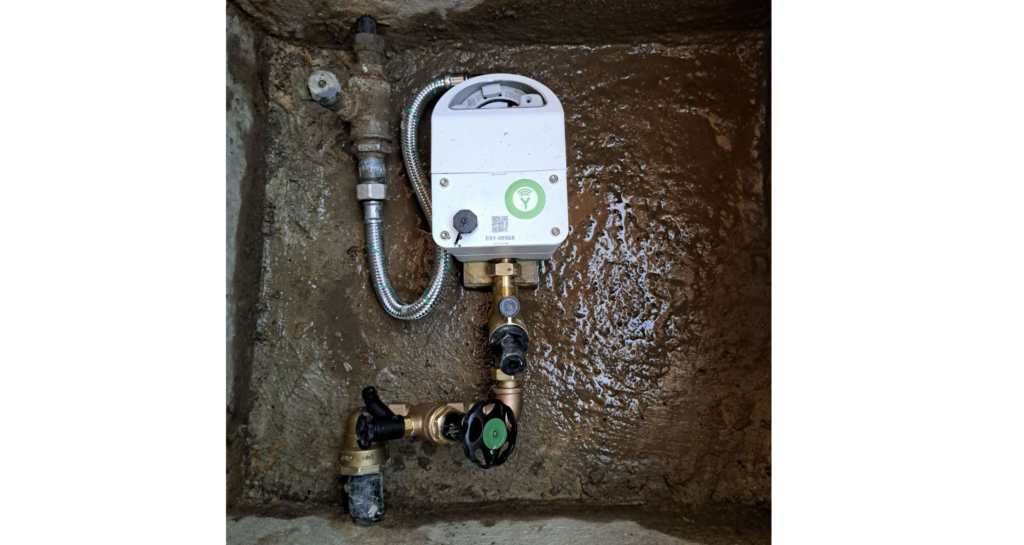
Water quality sensors: these analyse a number of essential parameters in real time, such as pH, turbidity, the presence of chlorine or other contaminants. With these sensors, any anomalies can be detected quickly and the treatments can be adapted accordingly.
High-pressure jetting machines: this equipment, which is specially designed for sewerage systems, cleans pipes by spraying water at high pressure. They remove fat deposits, blockages and accumulations of residue that can clog pipes.
Good equipment is essential in order to guarantee the long-term viability of water networks and provide a continuous service to users. Technological advances now mean that these infrastructures can be more effectively monitored and maintained, while at the same time reducing the cost and environmental impact of operations.
